In an apparent charm offensive aimed at pleasing US President Donald Trump, Kremlin envoy Kirill Dmitriev on Friday proposed the construction of a ‘Trump–Putin Tunnel’ to connect the United States and Russia via the Bering Strait, and to jointly explore natural resources in the region.
The tunnel could be built by The Boring Company, owned by billionaire Elon Musk, according to Dmitriev, the CEO of the Russia’s RDIF sovereign wealth fund and Vladimir Putin’s Special Envoy for Investment and Economic Cooperation.
Dmitriev’s proposal came just hours before Ukrainian President Volodymyr Zelenskyy’s scheduled arrival at the White House for a meeting with Trump, who has recently expressed growing frustration over Russian President Vladimir Putin’s refusal to agree to a ceasefire in the ongoing war with Ukraine.
During his second term, Trump has repeatedly stated his desire to reset US–Russia relations and transform Russia into a political and economic ally. He has suggested that the two nations should collaborate in extracting natural resources such as oil and gas. However, the continuing Russia-Ukraine war has so far prevented such a reset.
Dmitriev’s big bitch and bigger challenges
In posts on X, Dmitriev said the proposed ‘Trump–Putin Tunnel’ and joint resource exploration would “symbolise unity” between the two nations.
Dmitriev envisioned a 112-kilometre-long rail and cargo link across the Bering Strait, claiming that Musk’s The Boring Company could complete the project within eight years at a cost of $8 billion.
Impact Shorts
More Shorts“The dream of a US–Russia link via the Bering Strait reflects an enduring vision — from the 1904 Siberia–Alaska railway to Russia’s 2007 plan. RDIF has studied existing proposals, including the US–Canada–Russia–China railroad, and will support the most viable,” Dmitriev said.
The Bering Strait is a narrow waterway separating the continents of Asia and North America, and by extension, Russia and the United States. The US state of Alaska and Russia’s Chukotka region lie on opposite sides of the strait, which is just 85 kilometres wide at its narrowest point.
For over 150 years, proposals to link the two sides have surfaced, but construction challenges and doubts over the practicality of such a connection have prevented any from materialising. Both Alaska and eastern Russia are sparsely populated, with limited trade or movement of people to justify such a link.
Moreover, neither side currently has railway infrastructure in the region, meaning hundreds of kilometres of track would need to be built even after the tunnel is completed.
Despite these challenges, Dmitriev remained optimistic, stating that The Boring Company’s technology could significantly reduce the project’s cost.
“Imagine connecting the US and Russia, the Americas and Afro-Eurasia, with the Putin–Trump Tunnel — a 70-mile link symbolising unity. Traditional costs exceed $65 billion, but The Boring Company’s tech could reduce it to under $8 billion. Let’s build a future together,” Dmitriev said.
Dmitriev also cited the success of the first-ever Russia–China railway bridge, adding, “The time has come to do more and connect the continents for the first time in human history. The time has come to connect Russia and the US.”


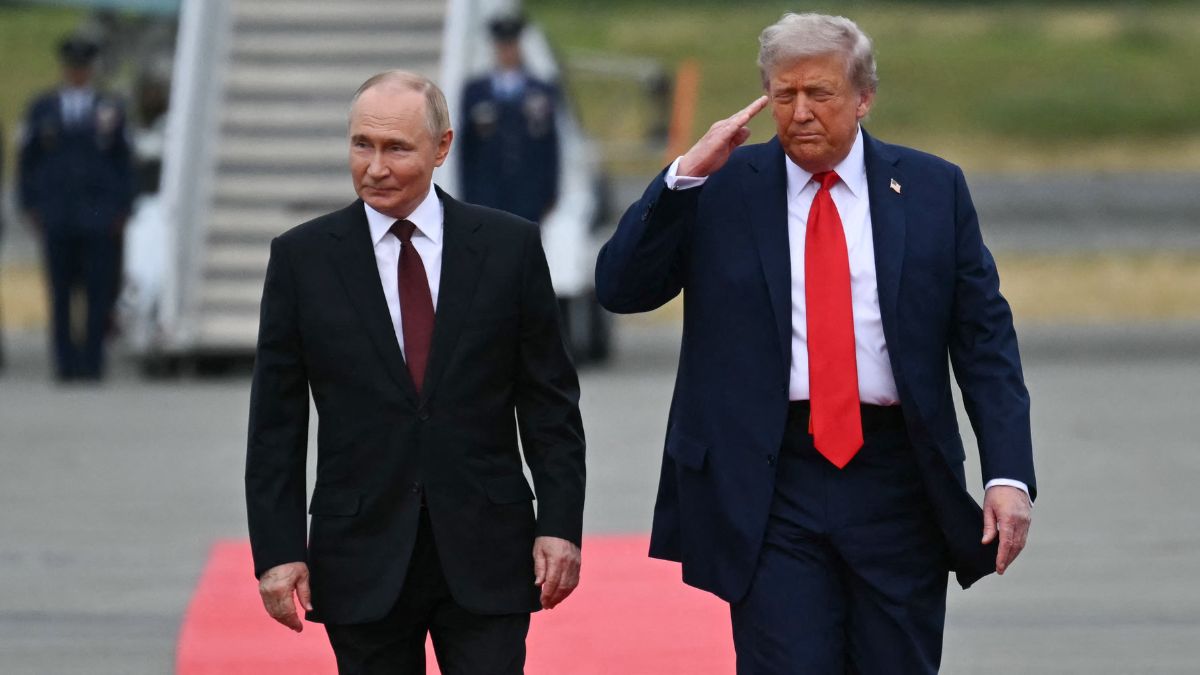)
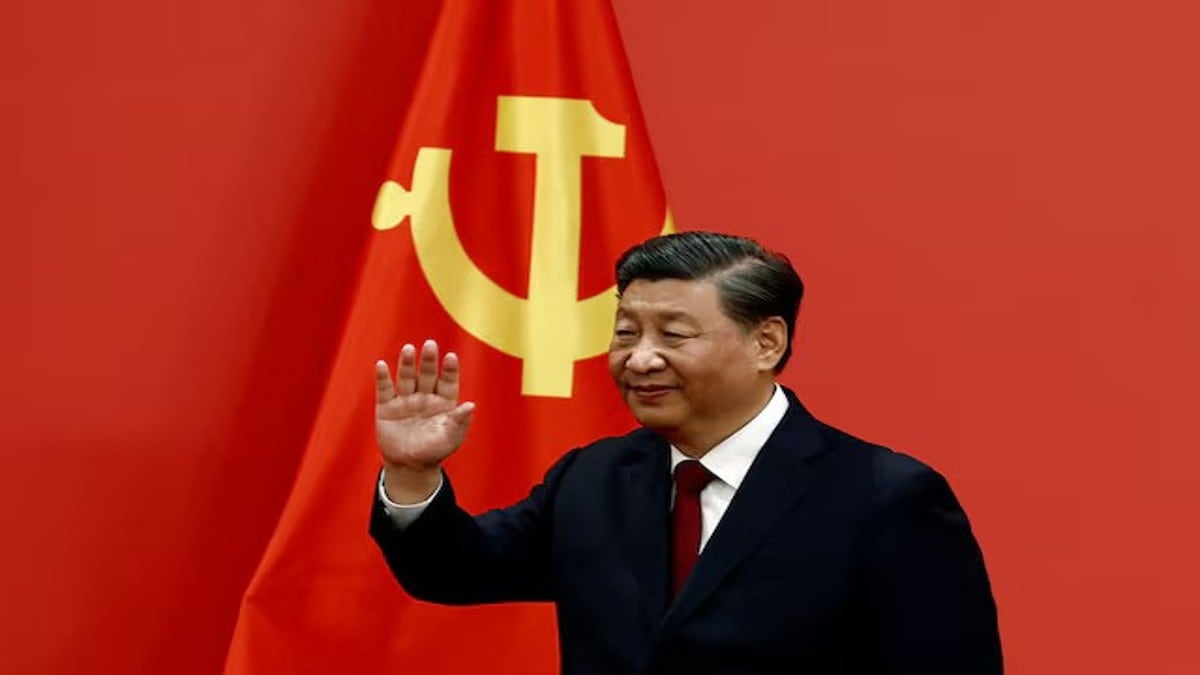
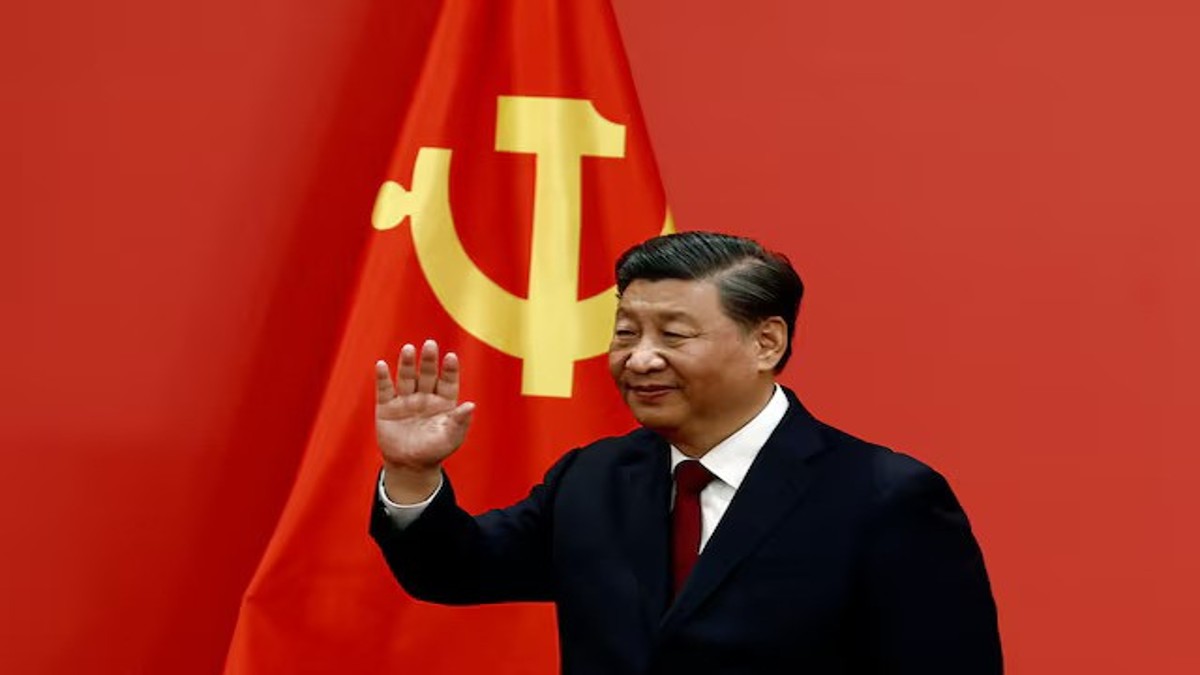)
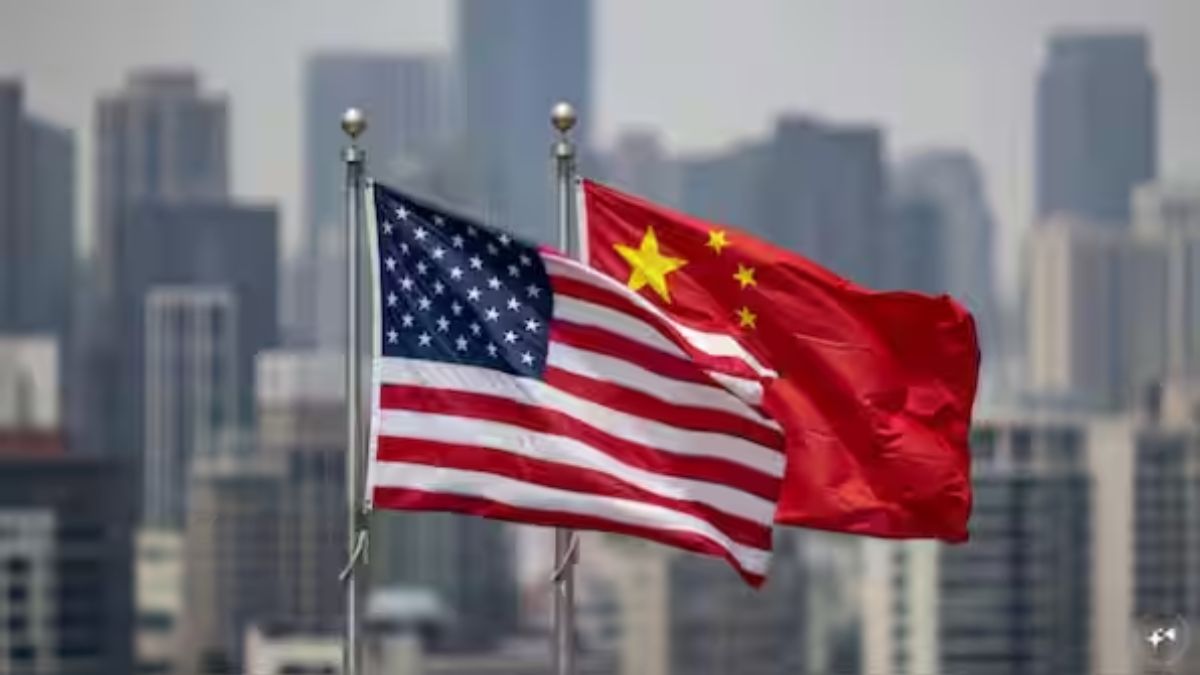)
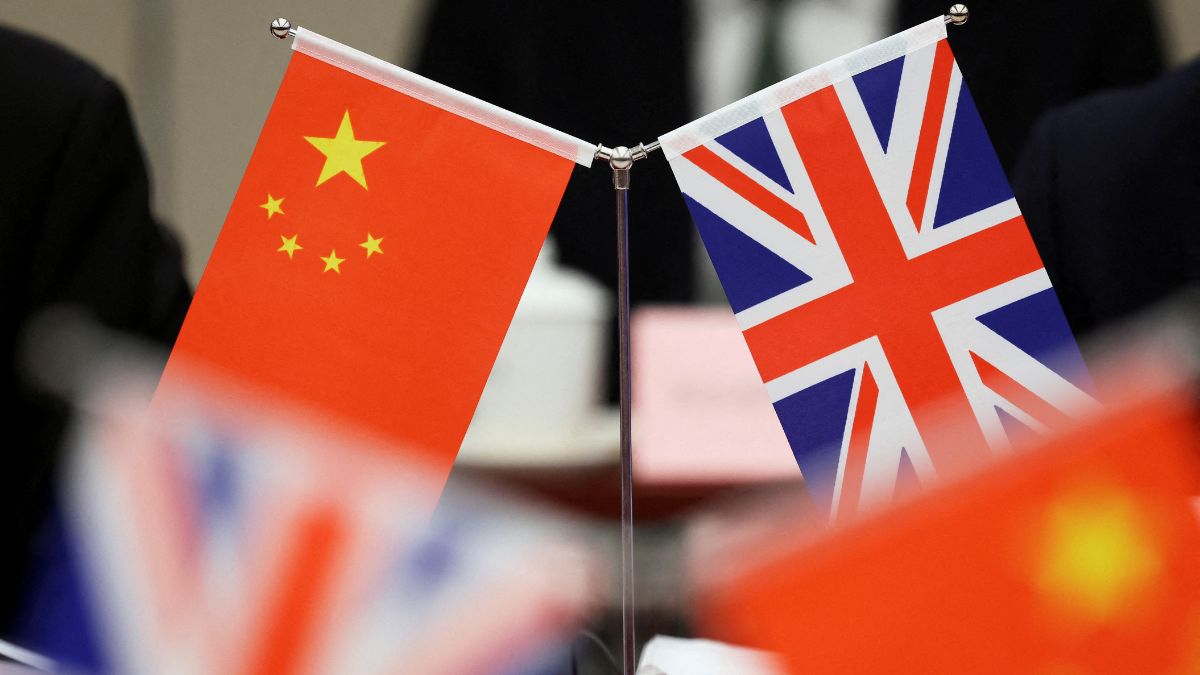)
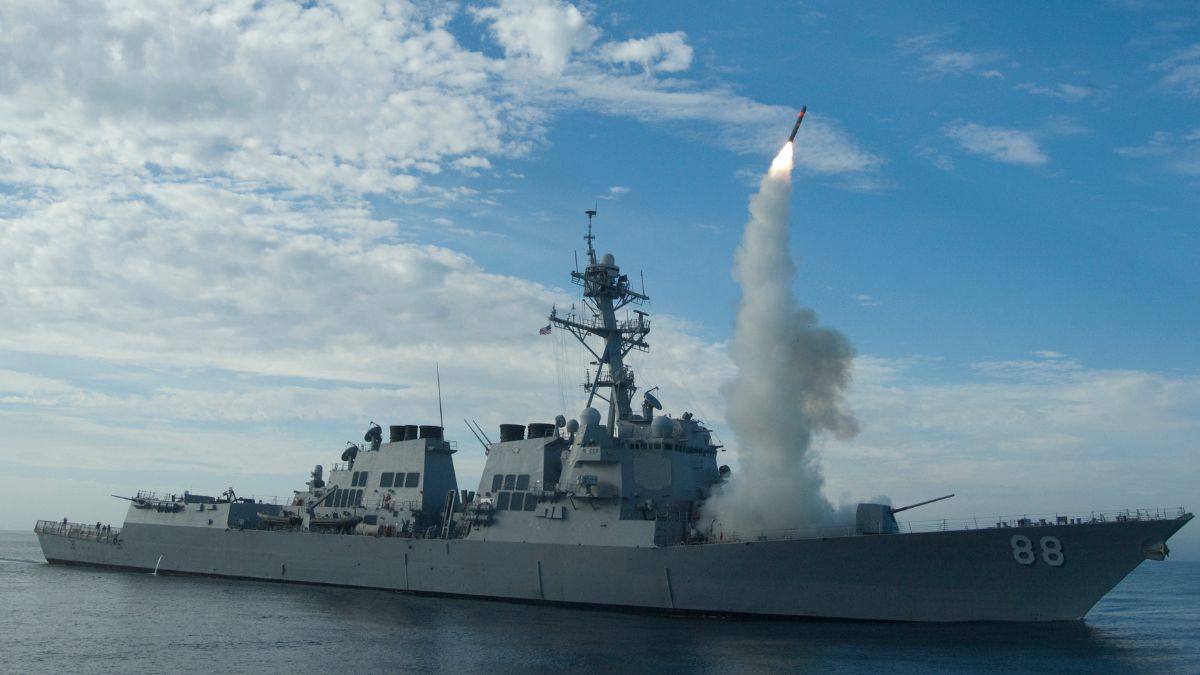)
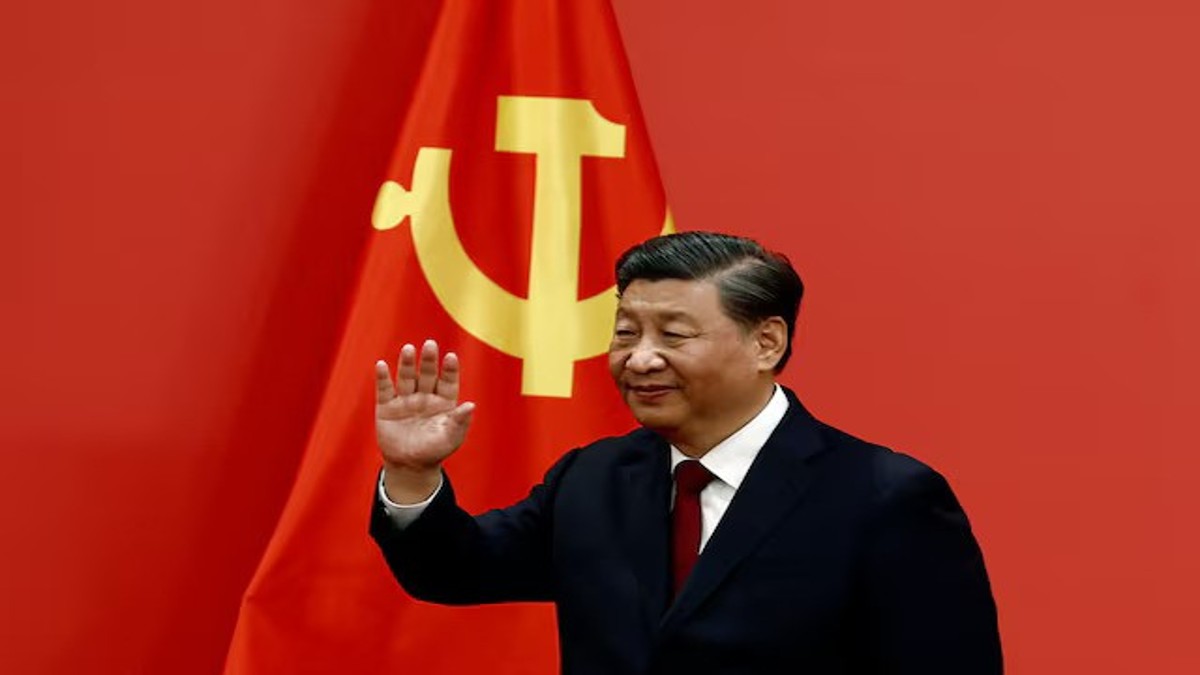)
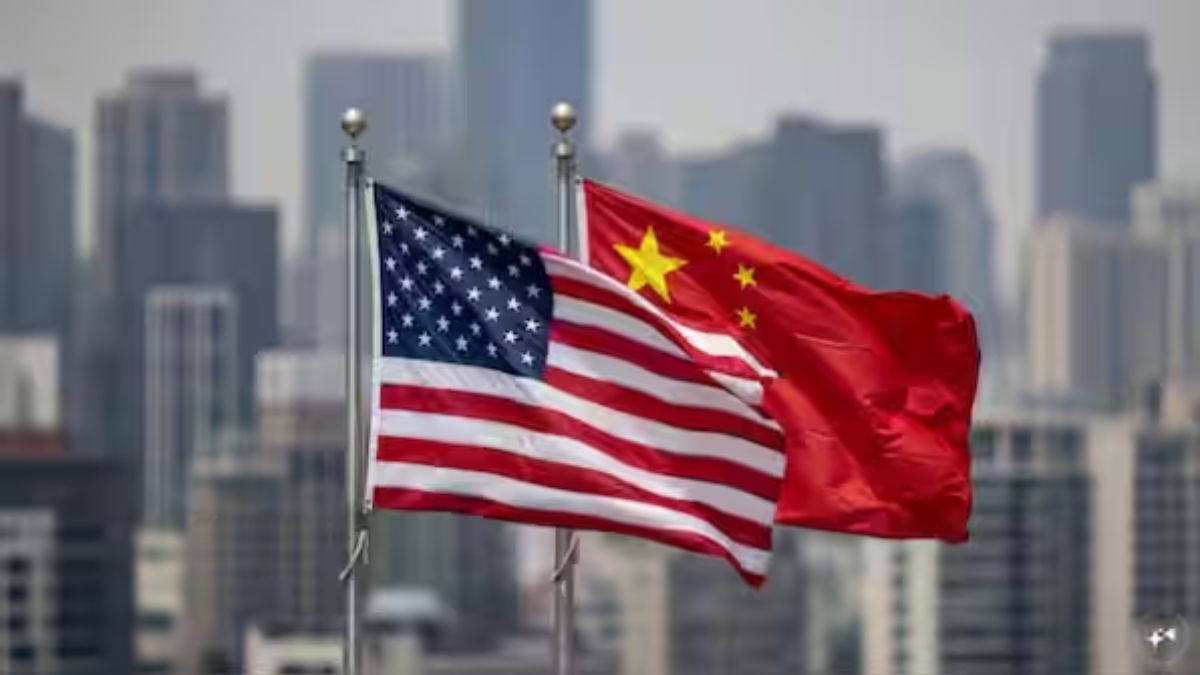)
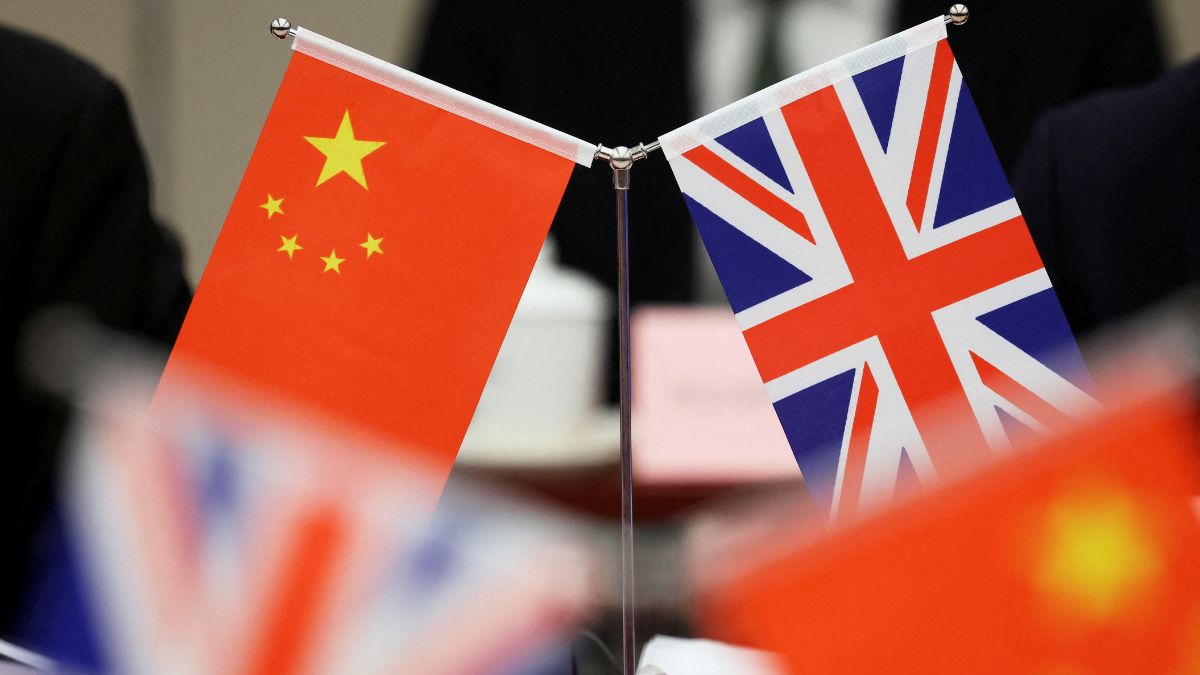)
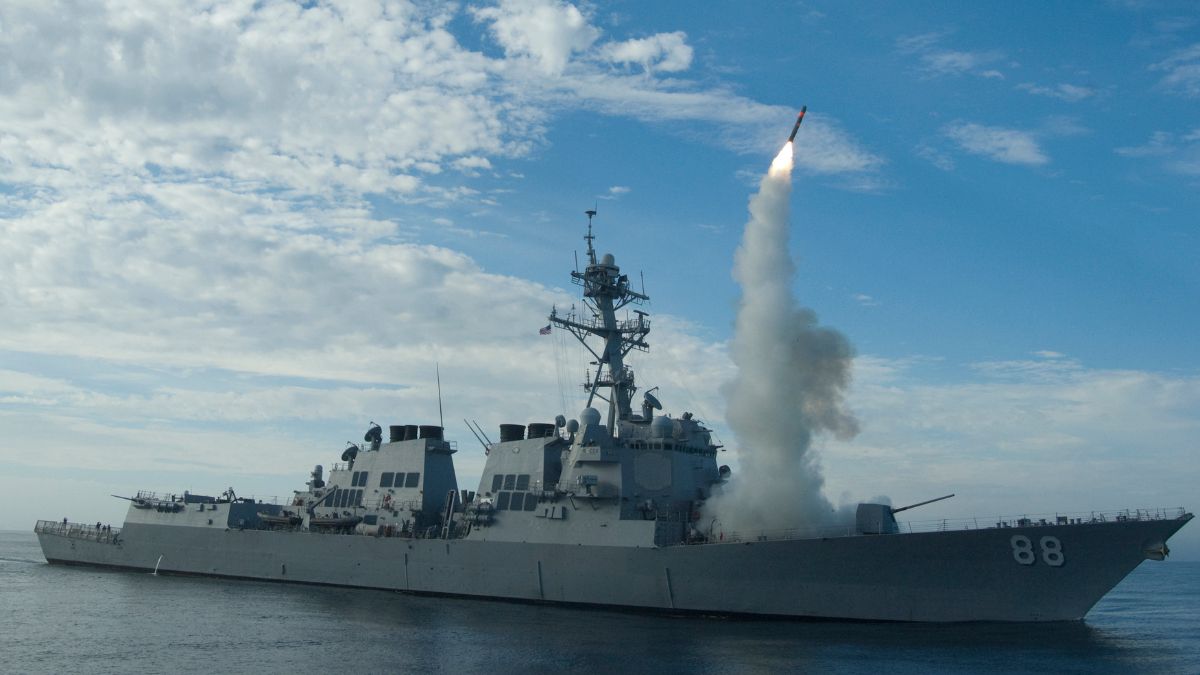)



